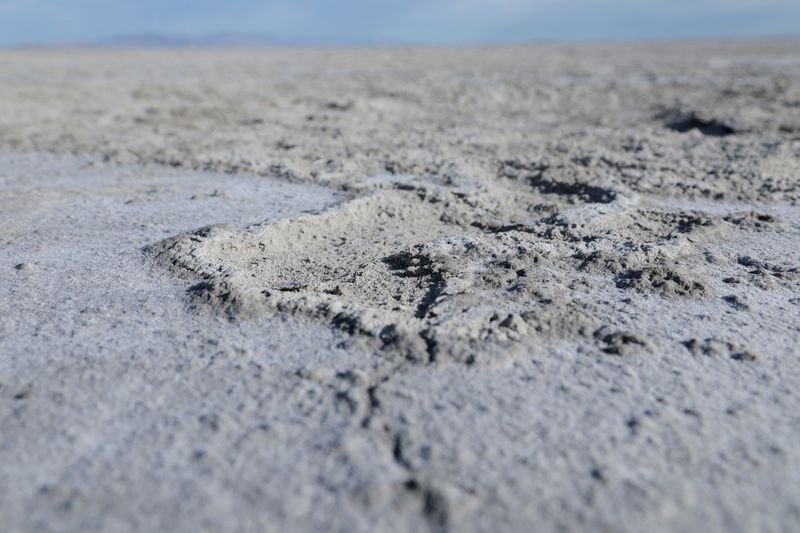By Nathan Frandino
SALT LAKE CITY, Utah (Reuters) - Utah's Great Salt Lake dropped to its lowest recorded level this month amid a two-decade drought, a grim milestone as researchers and politicians point to grave threats to wildlife and people along its receding shores.
The nearby metropolis of Salt Lake City is already subject to dust storms that experts fears could get worse.
"To save the Great Salt Lake, so that we don't become Dust Lake City, is to make a conscious choice that the lake is valuable and that the lake needs to have water put into it," said atmospheric scientist Kevin Perry, who has biked across dried-out lakebed since 2016 to study its composition.
For years, water that would otherwise end up in the lake has been diverted for human consumption, industry and agriculture. Combined with the ongoing drought, which has been exacerbated by climate change, that has exposed ever more lakebed.
On July 3, the surface of the lake fell to the lowest level since records began in 1847, to an average of 4,190 feet (1,277 meters) above sea level, according to the U.S. Geological Survey. It is expected to decrease further until fall or early winter, when incoming water equals or exceeds evaporation.
The lake contains little more than one-fourth the volume of water now as it did at its high point in 1987, USGS said.
The lake has lost nearly half its surface area from the historic average, exposing some 800 square miles (2,000 square km) of lakebed - an area larger than the Hawaiian island of Maui.
Layers of earth that were formerly underwater have swirled into dust clouds laced with calcium, sulphur and arsenic, a naturally occurring element linked to cancer and birth defects. Exposed lakebed is also contaminated with residue from copper and silver mining.
"If you breathe that dust over an extended period of time, like decades or longer, then it can lead to increases in different types of cancer, like lung cancer, bladder cancer, cardiovascular disease, diabetes and such," Perry, from the University of Utah in Salt Lake City, told Reuters on a recent morning on Farmington Bay.
More than just humans are endangered. Underwater reef-like structures host a micro-organism that is food for brine shrimp, in turn an important food for birds, but the structures dry out and turn gray when exposed.
Alvin Sihapanya, a researcher at the Great Salt Lake Institute at Westminster College, cupped his hands in the water and showed off two palms full of water teeming with tiny shrimp.
"It's super sad and devastating that these guys are exposed," Sihapanya said, referring to the structures. "It wasn't like this last year."
An estimated 10 million birds from more than 330 species migrate through or live at the lake each year, said Max Malmquist of the National Audubon Society's Saline Lakes Program.
Half of the North American continent's ruddy ducks stage here while half of its redheads nest here, according to the Great Salt Lake Audubon. Some 90% of the world's eared grebe population stage here, feasting on the brine shrimp.
The shrimp are also harvested in a multimillion-dollar brine industry, forming part of a lake-generated economy that officials estimate to be worth up to $2 billion annually.

With public awareness and pressure to act growing, Utah Governor Spencer Cox signed into law 11 bills related to water conservation and policy in the last legislative session. Longer-term solutions will require the major consumers - agriculture, industry, municipalities - to consume less water and give more to the lake.
"As we hit these new record lows, we start to run the risk that those all of those values that we derive from the Great Salt Lake could be at risk," said Utah State Representative Tim Hawkes. "And that's what's driving this political pressure to do something."
